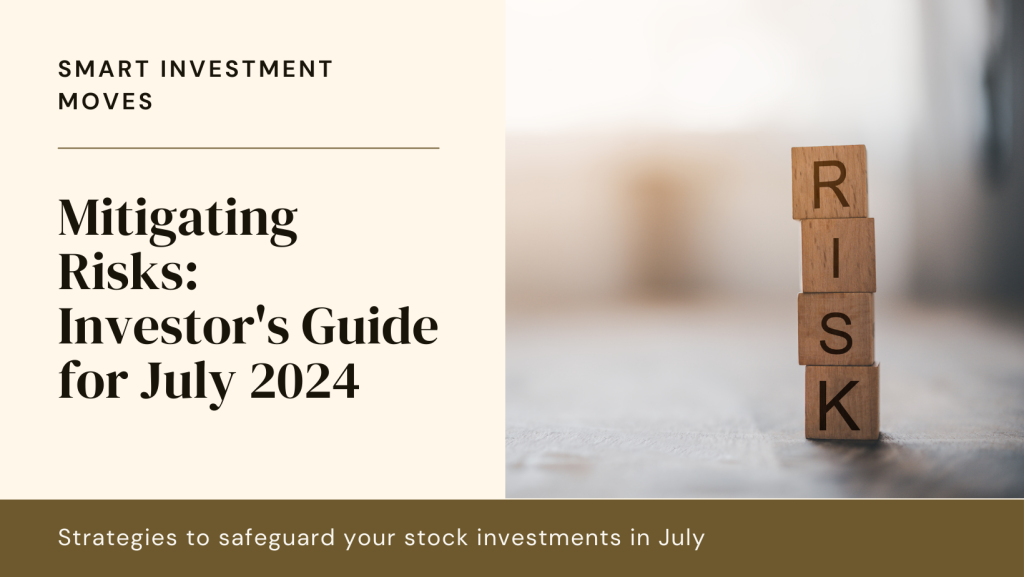Managing risks is essential for stock investors in July 2024, as market volatility, geopolitical uncertainties, and economic fluctuations can impact portfolio performance. Implementing effective risk management strategies can help investors protect capital, minimize losses, and preserve long-term investment objectives.
1. Diversification:
Diversifying a portfolio across different asset classes, sectors, industries, and geographic regions is a fundamental risk management strategy. By spreading investments across various stocks with different risk profiles, investors can reduce exposure to individual stock volatility and sector-specific risks.
Maintaining a balanced portfolio that includes growth stocks, value stocks, dividend-paying stocks, and defensive stocks can provide stability and resilience during market downturns. Regular portfolio rebalancing ensures alignment with investment goals and risk tolerance levels, mitigating concentration risk and optimizing asset allocation.
2. Asset Allocation:
Strategic asset allocation involves allocating investments across asset classes such as stocks, bonds, cash equivalents, and alternative investments based on risk tolerance, investment objectives, and time horizon. Adjusting asset allocation over time in response to market conditions and economic outlooks can enhance portfolio resilience and performance consistency.
Investors may consider allocating a portion of their portfolio to defensive stocks or sectors, such as utilities, consumer staples, and healthcare, which tend to demonstrate stability and defensive characteristics during market downturns. Balancing exposure to growth-oriented stocks with defensive investments can provide downside protection and income generation potential.
3. Risk Assessment and Monitoring:
Regularly assessing and monitoring investment risks is critical for identifying potential threats to portfolio performance and implementing timely risk mitigation strategies. Conducting periodic portfolio reviews, stress testing scenarios, and sensitivity analyses helps investors anticipate market fluctuations and adjust investment strategies accordingly.
Utilizing risk management tools and techniques, such as stop-loss orders, options strategies, and hedging instruments, can provide downside protection and limit losses during market volatility. Implementing risk management protocols and maintaining discipline in investment decision-making contribute to long-term portfolio sustainability and investor confidence.
In conclusion, effective risk management is essential for stock investors in July 2024 to navigate market uncertainties and achieve investment objectives. By diversifying portfolios, strategically allocating assets, and implementing proactive risk assessment and monitoring practices, investors can mitigate risks, preserve capital, and optimize opportunities in dynamic market environments.


